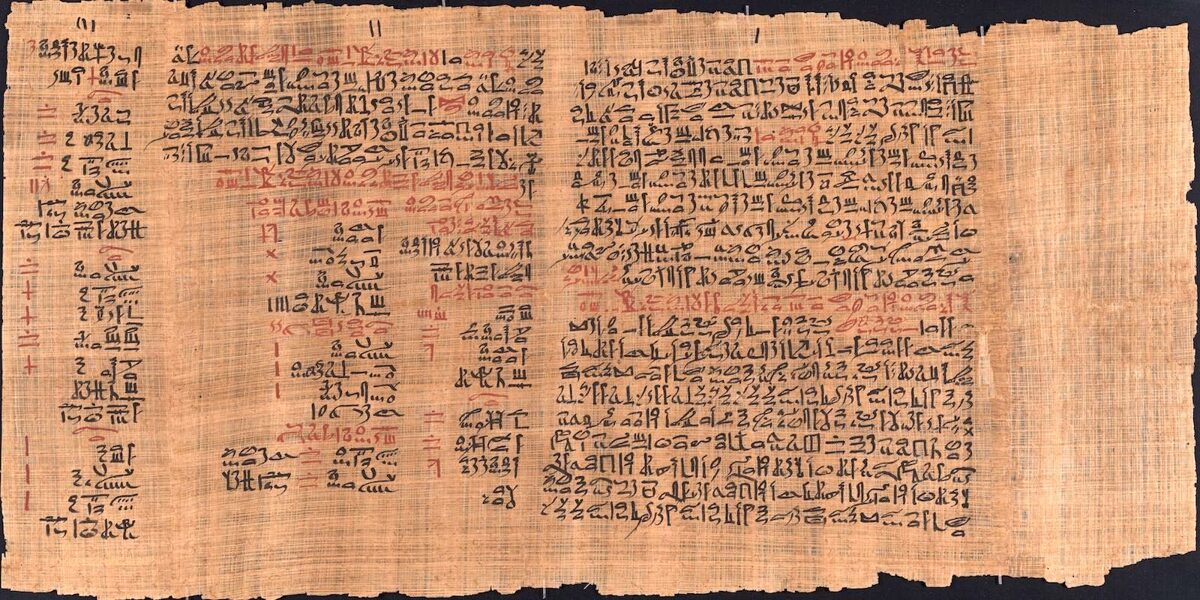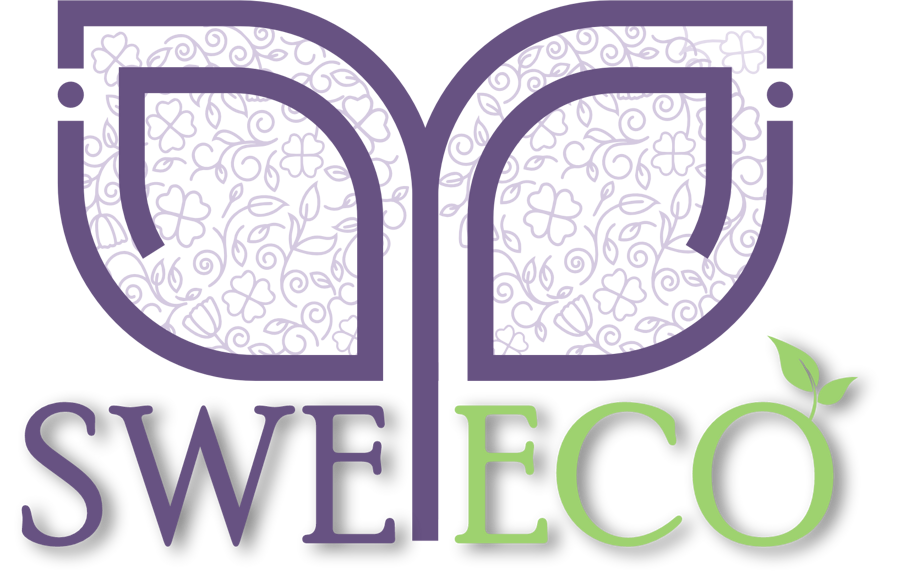Tahini, what do we know about this pasta?

For the first time, the name of the plant semsent, from which the Arabic simsim and Latin sesame came, was mentioned in the ancient Egyptian papyrus Ebers - a scroll containing a list of ancient herbs and spices.
Tahini is a sesame seed paste that is widely used in Middle Eastern, North African and Mediterranean cuisines. It has a thick texture and nutty flavor and can be added to various dishes such as hummus, baba ganoush, shawarma and halva. But where did this pasta come from and how did it become so popular?
There are several versions of the origin of tahini, but the most common of them connects it with the ancient civilizations of Mesopotamia. According to this version, sesame seeds were one of the first cultivated plants grown by people in this region. Sesame was a valuable source of fat and protein and was also used in medicine and religion. Sesame seeds could be mixed with honey or grape syrup and made into a sweet called halva. This word comes from the Arabic "halva", which means "sweet".

However, more technology was needed to produce a paste from sesame seeds. The seeds had to be roasted, peeled and ground in a mortar or millstone. This process could have been invented in different places independently of each other, but one possible point of origin is the ancient city of Ur in southern Mesopotamia (present-day Iraq). Ur was one of the centers of trade and culture in the 3rd-2nd millennium BC and had contact with neighboring peoples such as the Sumerians, Akkadians, Babylonians and Assyrians. Artifacts have been found in Ur that testify to the production and consumption of tahini. For example, on one of the clay tablets with culinary recipes there is a mention of a paste made from sesame and honey.
Tahini spread throughout the Middle East through trade routes and cultural exchanges. It has become part of the Jewish, Christian and Muslim traditions. For example, in Jewish cuisine, tahini is used to make halafel - meatballs made from chickpeas or fava. In Christian cuisine, tahini is added to tarator sauce served with fish or vegetables. In Muslim cuisine, tahini is the main ingredient in hummus.
Tahini is rich in various nutrients such as proteins, fats, carbohydrates, fiber, vitamins and minerals. 100 grams of tahini contains about 18 grams of protein, 51 grams of fat (of which 88% are polyunsaturated fatty acids), 19 grams of carbohydrates (of which 5 grams are dietary fiber) and 590 kilocalories. Also present in tahini are vitamins A, C, E and group B, as well as minerals such as calcium, magnesium, phosphorus, iron, zinc, copper and selenium.
Thanks to this composition, tahini has a number of positive health effects:
- Strengthens bones and teeth. Tahini is one of the best plant sources of calcium, which is essential for bone formation and maintenance. 100 grams of tahini contains 960 milligrams of calcium, which is 96% of the daily value for an adult. In addition, tahini contains magnesium and phosphorus, which also contribute to healthy bones and teeth.
- Reduces cholesterol and the risk of cardiovascular disease. Tahini is rich in omega-3 and omega-6 polyunsaturated fatty acids, which help lower "bad" cholesterol (LDL) and increase levels of "good" cholesterol (HDL) in the blood. This helps to cleanse the vessels of atherosclerotic plaques and prevents the development of coronary heart disease, myocardial infarction and stroke.

